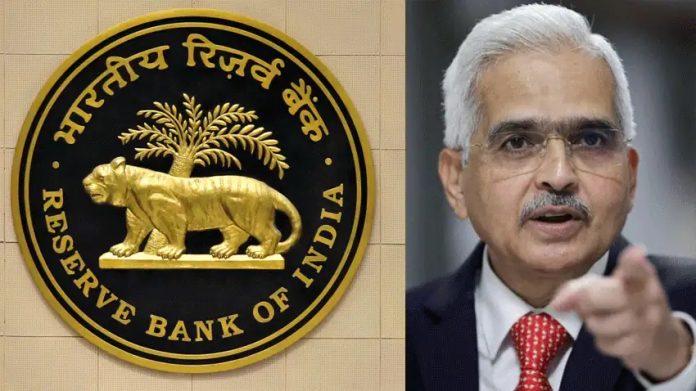RBI: Recently RBI Governor Shaktikanta Das had flagged the high growth in some components of consumer credit and asked banks and non-banking financial companies (NBFCs) to strengthen their internal monitoring mechanisms, address the build-up of risks and improve their In the best interest, it was advised to establish appropriate security measures.
The Reserve Bank on Thursday tightened personal loan rules for banks and non-banking financial companies (NBFCs). According to the revised criteria, the risk weights of financial institutions have been increased by 25 percentage points. It is believed that due to this move of the Central Bank, taking a personal loan may become expensive in the future.
This change will not apply to certain consumer loans including housing, education and vehicle loans. Apart from this, these rules will also not apply to loans secured by gold and gold jewellery. These loans will continue to have 100 percent risk weight. Higher risk weight means banks have to set aside more money as a buffer when it comes to unsecured personal loans. In simple terms, a high risk load restricts the lending capacity of banks.
RBI Governor advised banks and NBFCs to reduce risks
Recently RBI Governor Shaktikanta Das had flagged the high growth in certain components of consumer credit and asked banks and non-banking financial companies (NBFCs) to strengthen their internal monitoring mechanisms, mitigate risks and take appropriate safeguards in their own interest. Advice was given to establish the solution.
The RBI Governor also underlined the high growth seen in consumer credit and the increasing dependence of NBFCs on bank lending during his interactions with MDs/CEOs of major banks and large NBFCs in July and August. The Reserve Bank said in a circular, ‘After review, it has been decided to increase the risk weight by 25 per cent to 125 per cent in respect of consumer loans of commercial banks (outstanding and new) including personal loans but housing loans, education loans, This change will not be applicable to vehicle loans and loans secured by gold and gold jewellery.
The central bank has increased the risk weight on credit receipts for banks and NBFCs by 25 percentage points to 150 per cent and 125 per cent respectively. Fears are being expressed that due to this move of the Central Bank, personal loans of banks and NBFCs may become more expensive.
RBI bulletin said – Inflation has come down but the challenge is not over yet.
The Reserve Bank of India’s bulletin on Thursday said that retail inflation has moderated due to monetary policy steps and supply-side interventions, but the challenges are not over yet and we have miles to go. An article on the state of the economy in the November Bulletin also said the global economy is showing signs of slowing in the current quarter as manufacturing slows, while services sector activity has reached the end of its post-pandemic expansion .
The report said that tightening of financial conditions is a significant risk to the global outlook in the coming period. “The pace of change in GDP in India is expected to be higher on a quarterly basis in Q3:2023-24,” said the article written by a team led by RBI Deputy Governor Michael Debabrata Patra.















